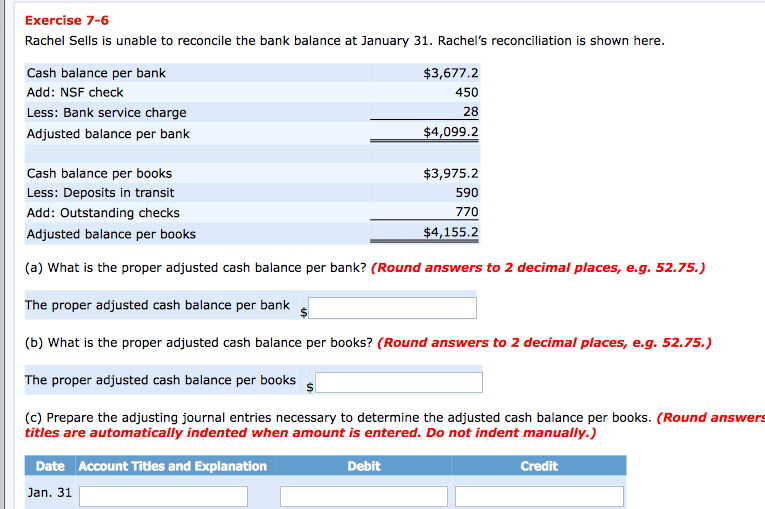Content

Value creation logics and the choice of management control systems, Sheehan, N. T., Vaidyanathan, G., & Kalagnanam, S. This paper outlines the key characteristics of knowledge intensive firms and network service firms and then examines how these contingencies impact Simons Levers of Control and Kaplan and Nortons Balanced Scorecard. We find that whilst each lever/perspective is still relevant for each value creation logic, the relative importance and thus intensity of use should vary between logics.
- These costs are administrative in nature and include building depreciation, property taxes, plant security, insurance, accounting, outside landscape and maintenance, and plant management’s and support staff’s salaries.
- In contrast, if the costs are higher than the revenue generated, the business would have to rethink the decision to go for the production.
- The reason for this difference becomes obvious when we recalculate the quarterly cost of performing the customer service activities.
- Presumably, you can set the machinery to one setting to obtain the desired product quality and taste.
The amount of resources consumed by a business activity such as labor hours or electricity decides the true cost of the product. Find a definition, an explanation, and an analysis of cost drivers, and see helpful cost driver examples. This involves choosing a fixed point in time such as starting your company operations, opening a new branch office, closing an outlet, and then measuring the numbers of items produced or delivered after you do this. This method allows you to identify current costs for each unit of output.
Activity Cost Driver: Definition and Examples
However, some https://personal-accounting.org/ costs, such as management and office staff salaries, are difficult to assign to a product. For example, your corporate shared services provide human resources and information technology support to the different operating business units such as manufacturing and sales.
- Activity driver analysis happens when there is a variable directly influencing another variable.
- The application rates are $1,250 for each product design, $50 per order, $1.25 per direct labor hour, and $1,000 per customer.
- Note that these rates are lower than those estimated using traditional ABC methods (see again the exhibit “Doing ABC the Traditional Way”).
- For example, the cost per purchase order times the number of orders required for Product A for the month of December would measure the cost of the purchasing activity for Product A for December.
- To avoid the high cost of these rebates and returns, Kemps offered these retailers a 2% discount if they would manage their own inventories without the return option.
- Hunter can reconcile the total process time—that is, the total absolute time spent on all the activities tracked in a given period—to other measures of resources supplied, such as head count.
Activity Cost Driver Definition selects cost drivers as the basis for manufacturing overhead allocation. There are no industry standards stipulating or mandating cost driver selection. Company management selects cost drivers based on the variables of the expenses incurred during production. Activity-based costing is a more accurate way of allocating both direct and indirect costs. ABC calculates the true cost of each product by identifying the amount of resources consumed by a business activity, such as electricity or man hours. Next, we use the cost driver rates to charge the costs of these different activities to our cost objects. Remember, a cost object is something that has been costed e.g. a product or a customer.
Activity cost driver definition
We estimate there will be 20 product designs , 500 orders , 20,000 direct labor hours , and 25 customers . Next, we find the application rates for each activity by dividing the estimated cost for the activity by the volume of cost driver activity for each activity.
